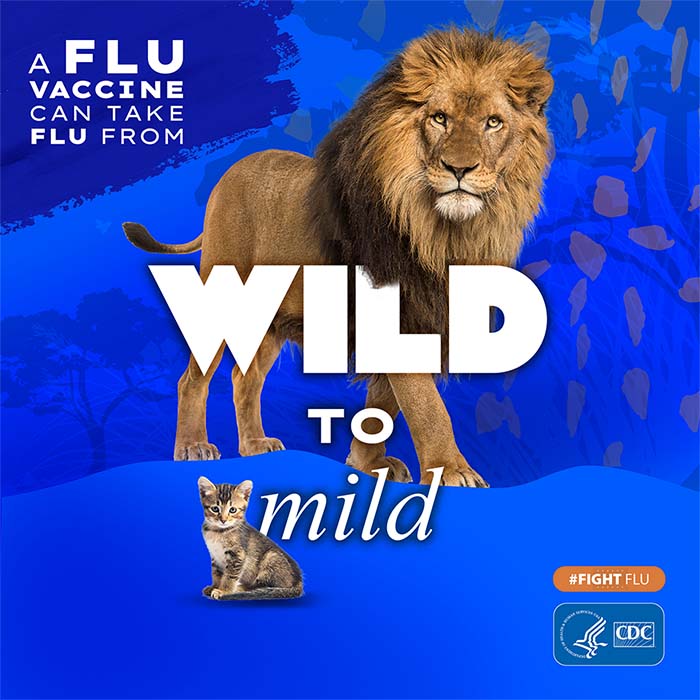Pediatric Flu Deaths Top 100 this Season; Most Unvaccinated
February 10, 2023—CDC reported 9 new flu-related pediatric deaths this week, bringing the total for the season to 106, the highest number of flu deaths in children since the start of the COVID-19 pandemic. Most of these children were not vaccinated. This tragic milestone underscores the importance of vaccinating children against flu. Flu vaccination uptake in children is lower by about 6 percentage points than it was prior to the COVID-19 pandemic. While flu activity has returned to low levels this season, CDC continues to recommend flu vaccination as long as flu viruses are spreading.
During the most recent 10 flu seasons, the number of pediatric flu deaths in a season has ranged from 1 (2020-2021) to 199 (2019-2020). Prior to the pandemic, the record low for pediatric deaths was 37, which was during the 2011-2012 season.
Among the 106 reported pediatric flu deaths this season:
- 41 occurred in children younger than 5 years old, who are at higher risk of developing serious flu complications based on their age.
- 3 occurred in children younger than 6 months, who are at highest risk among children of being hospitalized but who are too young to get a flu vaccine
- The remaining 65 deaths occurred in children 5 years to 17 years old.
- Of the 97 pediatric deaths that were among children with known information on medical conditions, 40 had a pre-existing medical condition that would place them at increased risk of developing serious flu complications. So nearly half of these deaths were in otherwise healthy children.
- 103 children were eligible for vaccination, and vaccination status was known for 81 of those children; 90% of those children were not fully vaccinated against flu. In past seasons, about 80% of children who died from flu have not been fully vaccinated.
Most of the reported deaths (103) were associated with influenza A virus infections, and of the 59 influenza A viruses that were subtyped, 83% were A(H3N2) viruses. The 2022-2023 season has been influenza A(H3N2) virus-predominant. Influenza A(H3N2) viruses have been associated with more severe illness in older people; however, this is a reminder that influenza A(H3N2) viruses also can be associated with serious illness and death in children.
Based on survey data, annual flu vaccination coverage among children this season is 51.8% compared to 50.3%. This is 6.5 percentage points lower than in January 2020, before the pandemic (51.8% compared with 58.3%).
Flu virus indicators related to outpatient medical visits, hospitalizations, and deaths this season suggest this is a moderately severe flu season for children when comparing these same indicators to past seasons.
Flu vaccination is especially important children who are younger than 5 years of age or children of any age who have certain medical conditions, because they are more likely to develop serious flu complications that can lead to hospitalization and death. Getting vaccinated has been shown to reduce flu illnesses, doctor’s visits, missed school days, and reduce the risk of flu-related hospitalization and death in children. Even if vaccinated children get sick, vaccination has been shown to make illness less severe.
Reporting of flu deaths in children has been nationally notifiable since 2004.
The number of pediatric flu deaths reported to CDC each season is likely an undercount because it is likely not all flu-related deaths in children are captured. For example, even though the reported number of flu-related deaths in children during the 2019-2020 flu season was 199, CDC estimates the actual number of flu-related deaths in children that season was approximately 434 when correcting for under-detection.
In addition to getting a flu shot, children and caregivers of young children should take preventive actions CDC recommends for everyone, including covering coughs, washing hands often, and avoiding people who are sick. There are also prescription flu antiviral drugs, which children can take, that can make flu symptoms milder and can shorten duration of flu illness.
